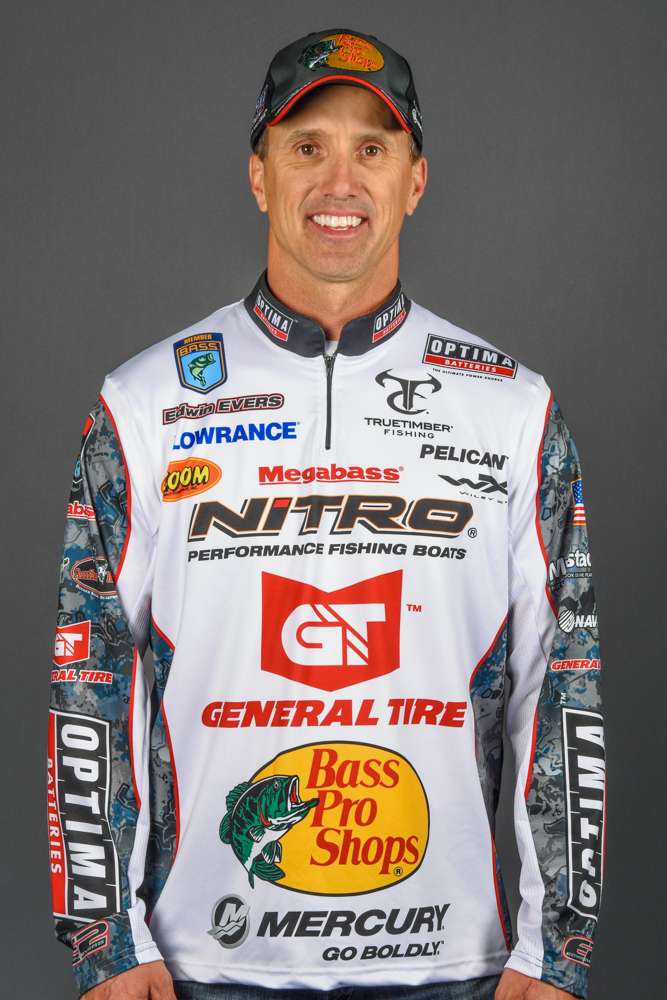Last time I talked about the wind and how it can both create and protect great bass fisheries. This time I want to go into a few of my favorite tips for fishing in the wind. Some of them you probably know already, but a few of them may be new to you. Even if they're not, you might benefit from a reminder. I know I often do.
1. 90 degrees
I'm not talking about summertime temperatures here; I'm talking about angles. Before I go fishing, I always check the weather, and one of the main things I'm looking at is the wind. Where will it be coming from? How hard will it be blowing? And will it change through the course of the day?
Where I decide to fish is often determined by the wind. In particular, I'll be looking for places that the wind is hitting head-on and with its greatest force. That includes points, banks, grass lines, breaks of any kind. If the wind is hitting them directly, it's going to make them better.
When the wind hits a bank straight on, it creates current where it doesn't ordinarily exist (both at the surface and below, where the water will sometimes curl against the current above it). Wind stacks up water, raising the water level on the wind-blown side and lowering it on the lee side — especially if the wind has been blowing for hours or days. It's almost like a tide situation.
Rising water and rough current against a bank can disturb forage and create a feeding situation. Bass will go ultra-shallow to eat at this time.
2. Get there early
The first day (especially the first half day) of a good wind is usually best. The earlier you can get there and get started, the better your catching is likely to be. After a while, the fish may become gorged from the great feeding opportunity and the fishing won't be quite as strong later, though it can still be very good.
3. Look for funnels
Anywhere the water you're fishing is constrained or pinched, the fishing is going to improve while the wind is blowing. It's all about current, and current is going to be strongest in these funnels.
Some funnels are easy to spot. Bridges with lots of riprap on either side, narrow areas of the lake, etc. Almost everyone will spot those and hit them pretty hard.
Less obvious spots can be better, but you'll need to do some map work to find them. Just take a good topographic map and see where the lines create a saddle, pinch or hump under the surface where some wind is really going to make a difference.
4. Go horizontal
When you're fishing windy areas, moving/horizontal baits are usually best. My top choices are almost always going to be spinnerbaits and crankbaits. I like them for two reasons.
First, you're expecting the bass to be pretty active and willing to chase a bait. Second, you can cover a lot of water with spinnerbaits and crankbaits, fishing them fast and keeping your foot on the trolling motor. This is not the time to slow down and pick things apart. This is time to make hay while the wind's blowing.
5. Go with the flow
Generally, you want to fish with the current — not against it — if you can. That usually means casting into the wind and bringing your baits back with it.
If you can't fish with the current, go perpendicular and fish across it. Don't work your baits against the current unless you have no other choice, and abandon that method quickly if it's not paying dividends right away.
Next time we'll go over some of my favorite tools and equipment modifications for fishing in the wind. I use some of them for safety, others for comfort or convenience. All of them help me catch more bass because they give me piece of mind and let me focus on my fishing rather than fighting the elements.





